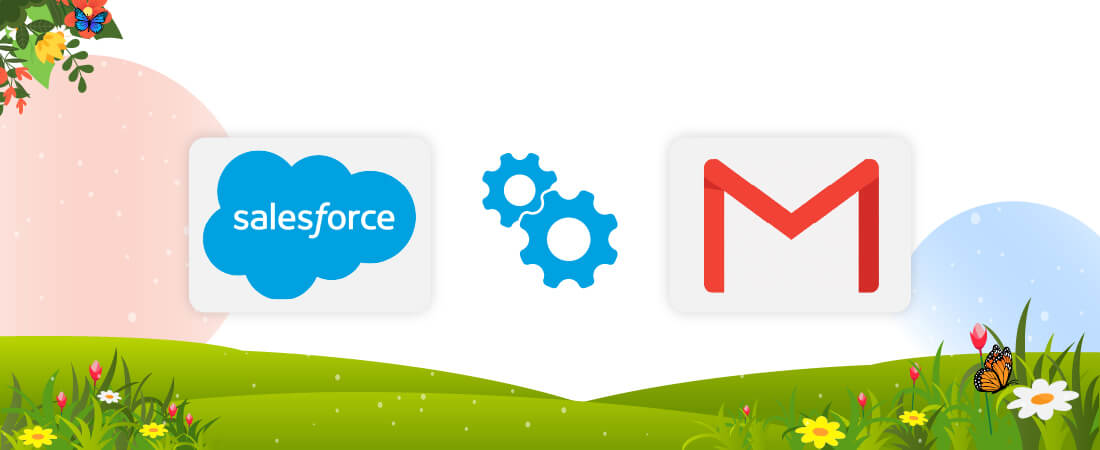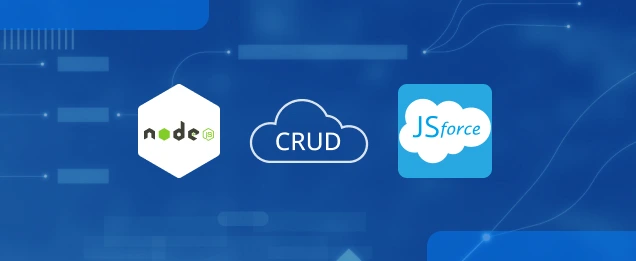Salesforce CPQ API empowers businesses to streamline and integrate their quoting processes effortlessly. This robust solution becomes indispensable, especially for enterprises dealing with configurable products, where each item’s pricing and specifications can vary based on numerous customizable options.
In this tutorial, we will focus on leveraging the Salesforce CPQ API for efficiently adding products to a quote, enhancing the overall quoting experience.
Prerequisites:
- Ensure your Salesforce CPQ instance is set up.
- Enable API access to facilitate seamless integration.
- Generate an authorized Access token
Before diving into the implementation, it is crucial to have the requisite API credentials to authenticate and access the Salesforce CPQ API. This typically involves obtaining a username, password, security token, and API endpoint. Make sure you are well-versed in generating an access token for a connected app and have stored it securely for subsequent use.
For detailed information on the CPQ API endpoint, refer to the official Salesforce CPQ API Documentation.
Salesforce CPQ API Implementation Steps:
1. Define CPQ API Models:
To effectively utilize the Salesforce CPQ API, start by creating classes for each data model in your Salesforce organization. These CPQ API Model classes serve as a structured representation of your data, ensuring a seamless interaction with the API.
Observe the instructions provided in the Salesforce CPQ API documentation to create these essential classes in your CPQ org.
2. Apex Class for Callout:
Develop an Apex class specifically for making callouts to the Salesforce CPQ API. This class acts as the bridge between your Salesforce instance and the CPQ API, facilitating communication and data exchange. Implement the necessary methods and logic to handle the creation and manipulation of quotes, leveraging the CPQ API models created in the previous step.
Here in the below example, I have created a Class for adding product to quote using Apex:
Code
You can test this code by running the apex class in the anonymous window CpqEditQuoteApi.editAPI();
Refresh the given quote and you will find your specified product is added in the quote as a quote line item. You can make alterations to the code according to your needs as this is the basic call-out code.
Conclusion
By carefully following these steps, you can seamlessly integrate the Salesforce CPQ API into your quoting processes, enabling a more efficient and automated workflow. This integration ensures that your business can adapt to the dynamic nature of configurable products while maintaining precision in pricing and specifications.
Integrating Salesforce CPQ API for adding products to quotes using Apex can significantly improve the efficiency of your quoting process. Ensure that you manage errors and edge cases appropriately in a production environment.
To explore other functionalities of the Salesforce CPQ API to enhance your quoting automation further, stay tuned to our upcoming blogs!






